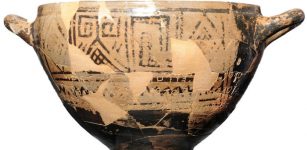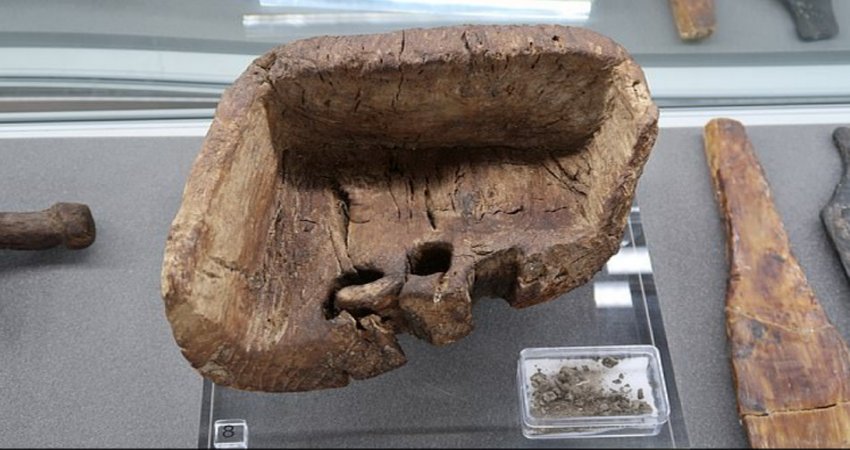1,800-Year-Old Oracle Dedicated To God Apollo Discovered In Athens
MessageToEagle.com – Archaeologists excavating in Athens, Greece have unearthed a 1,800-year-old oracle dedicated to the Greek god Apollo.
Like most ancient people, the Greeks believed that one could communicate with the gods at certain places and through certain people, like for example priests. The gods would give advice on and possibly reveal what was going to happen in the future.
The ancients routinely sought oracular guidance not only on the future, for simple everyday matters, such as finding/keeping a lover, ahead of a journey, after falling ill, and so forth – or applying for asylum in the sanctuary.
In ancient Greece, an oracle was a person considered to provide wise counsel or prophetic predictions or precognition of the future, inspired by the gods. As such it is a form of divination. The most famous oracle of ancient times is the oracle in Delphi. Another significant oracle was at Dodona. The Dodona oracle was the most famous and respected among the oracles where prophecy was given by signs.
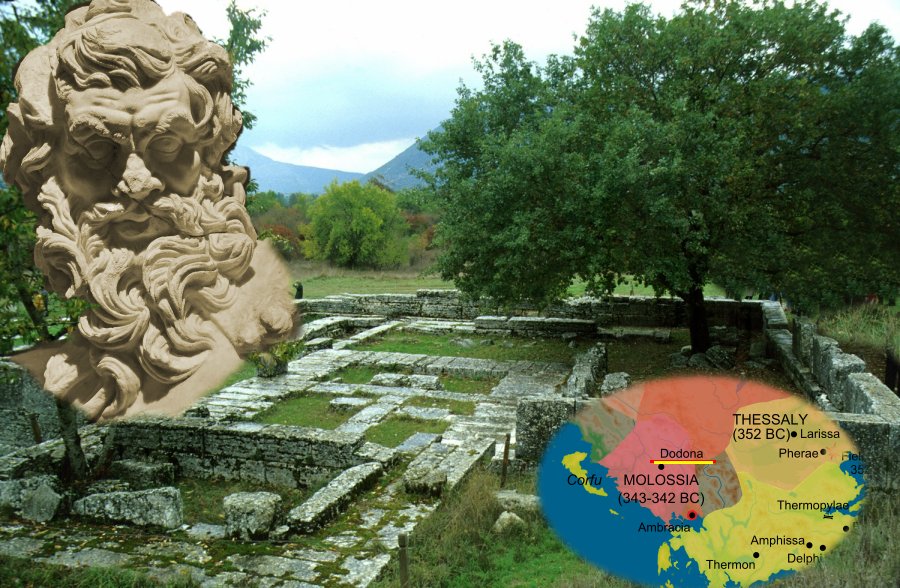
The newly discovered oracle in Athens was a well used for hydromancy, a method of divination by means of water.
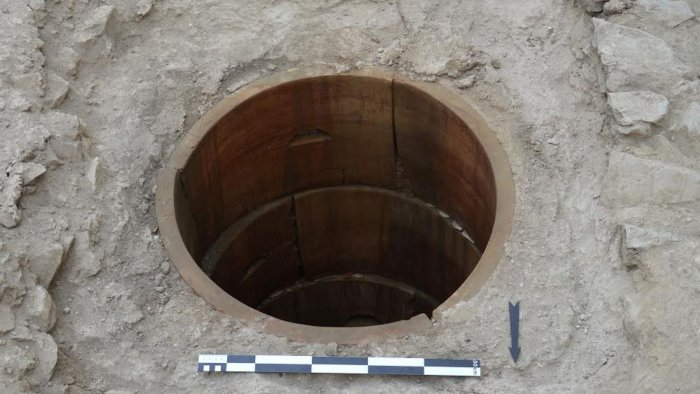
Not far from the oracle, archeologists also discovered a a 2500-year-old bathhouse that served travelers and the people of Athens.
“Water, and in particular drinking water, was sacred,” Dr. Jutta Stroszeck, director of the Kerameikos excavation on behalf of the German Archaeological Institute at Athens said.
“In Greek religion, it was protected by nymphs, who could become very mischievous when their water was treated badly.”
To appease these emotionally precarious godlets, offerings such as miniature vessels containing liquids and other gifts were dedicated in the water.
The ancient Athenian neighborhood of Kerameikos (in Latin, Ceramicus) has been undergoing excavation since the 19th century, which is when a large sanctuary some 600 square meters in area, featuring a marble omphalos was brought to light.
An omphalos is a conical stone representing the navel of the world, where Zeus initiated the creation of the cosmos.
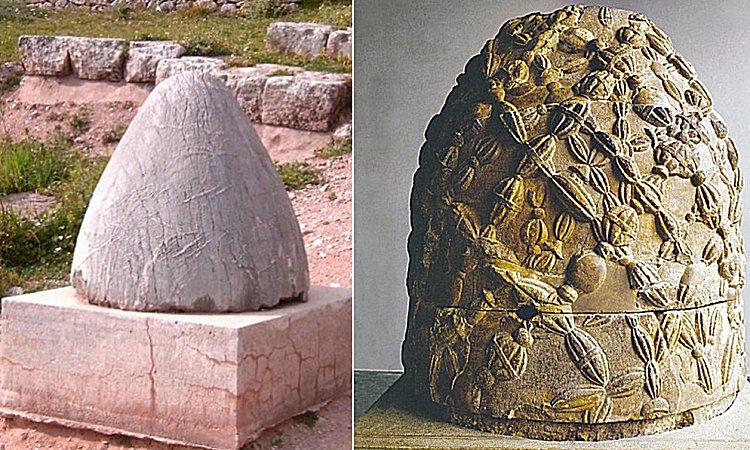
Standing in the center of the archaeological complex of Delphi, few people pay attention to this sacred object of rather insignificant structure.
It is constructed out of a pile of circular disks, each one somewhat smaller than the one underneath.
For the ancient Greeks this object was known as the Omphalos of Delphi represented a symbol for the ‘Navel of the World’.
Much later, the Greeks adopted the conical shaped stone as a sacred dwelling of Apollo, their Sun God Apollo – the residence of the Sun God. The most sacred device – Omphalos – was used at every oracular site.
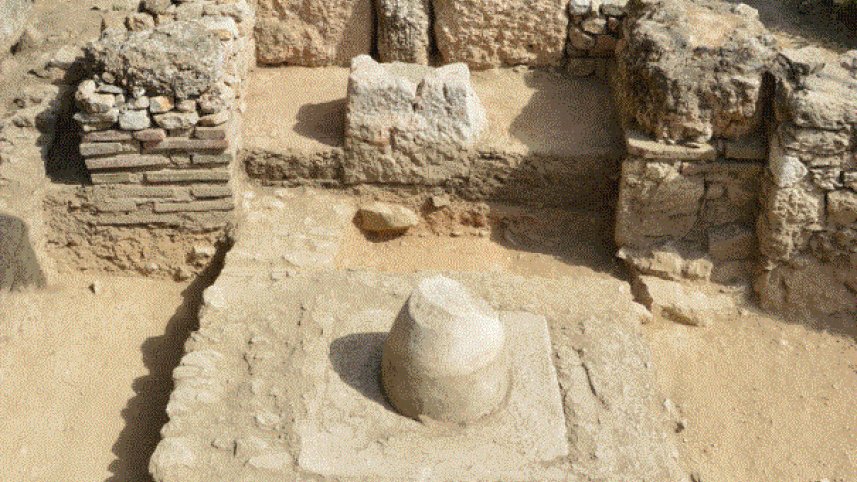
Ancient Oracle in Athens
According to legend, Zeus sent off two eagles to find the middle of the world, and they collided at Delphi. The god then threw a stone from the sky that also fell into Delphi – and that is the stone still visible today at the Delphi shrine.)
The Athenian omphalos lay between an altar and the base of a cult image in the center of a rectangular enclosure.
Cleaning by the excavators in 2012 revealed that the omphalos had been meticulously mounted on a marble slab that, in turn, covered an opening. This prompted further investigation.
The omphalos was lifted carefully using a crane. Under it the archaeologists found a circular well.
See also:
Omphalos – Mysterious Ancient Sacred Object And Its Meaning
Oldest Greek Oracle At Dodona And Zeus Sacred Oak Tree
Rare Warrior Tomb Filled With Bronze Age Treasures Unearthed At Pylos, Greece
The well was walled with clay cylinders and featured more than twenty inscriptions in Greek, all repeating the same phrase: “Come to me, O Paean, and bring with you the true oracle”. The term “Paean” is one of the epithets that designated the Olympian god Apollo, son of Zeus and the god associated with ritual purification, oracular activity (and the arts).
This whole area was characterized by transition: from civic to rural areas, and from the city of the living to the place of the dead.
“In such areas, the presence of divine and the supernatural were experienced intensively, which is why cult and mantic activities are dense in such areas,” Stroszeck told Haaretz, adding that a fragment of a prayer common to the participants in the Eleusinian cult was found in a well right by the oracle well.
The many shrines discovered in Kerameikos show that it was an important center for cultic activity.
MessageToEagle.com

